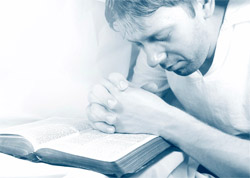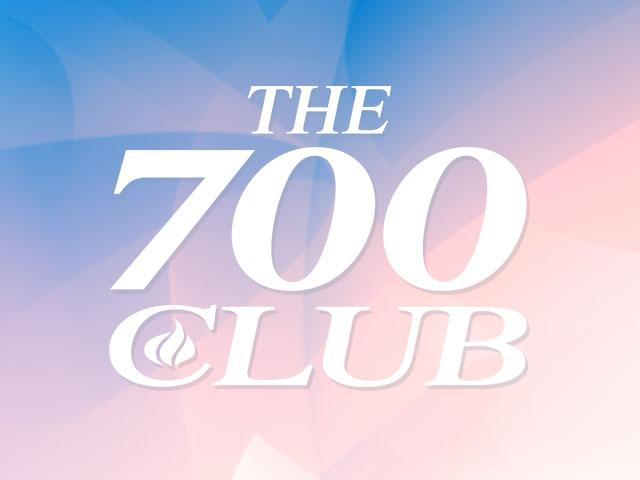Brain Hemorrhage Threatens 8-year-old Boy’s Ability to Walk, Talk or See Again
Washington, NC
“He was in so much pain, he just didn’t want me to touch him, said Mark Collie, father of 8-year-old Blake Collie.
Blake’s mother, Caroline said, “He starts crying, he’s getting very agitated, he couldn’t lay back.”
Mark and Caroline Collie’s 8-year-old son Blake had been playing in the neighborhood pool just a few minutes when he was struck by a crippling headache.
Mark said, “When he started throwing up, that’s when I said we’re going to the ER.”
By the time they arrived at the closest emergency room in Washington, North Carolina, Blake was unresponsive.
“I immediately turned to God and just, 'Please Lord, please don’t let this be the last day that we have this child with us,'” said Caroline.
A CT scan showed Blake had a massive brain hemorrhage. He was airlifted to Maynard Children’s Hospital in Greenville for emergency surgery.
Caroline said, “We immediately got onto social media, please, please pray for Blake.”
“God, this is big. No matter what happens, I’m going to turn to you,” said Mark.
At Maynard, neurosurgeon Dr. Richard Dalyai explained that Blake’s most immediate danger was the growing pressure on his brain.
“Blake was very sick, and there was a high likelihood that this would be a life-threatening hemorrhage,” said Dr. Dalyai. “It was deep in his brain, and it was filling up the fluid pockets, the ventricles that we have in our brain. And that was Blake’s initial extreme injury that needed to be fixed emergently.”
Dr. Dalyai’s team installed drains in Blake’s skull to help remove excess blood and relieve the pressure. After the procedure, Mark and Caroline were able to see their son, now in a medically-induced coma.
Mark said, “You go from a bright young lad standing before you and the next moment he’s lying in an intensive care unit with so many lines coming in and out of him. But just so glad to see him there. He’s alive.”
The next day, Dr. Dalyai found the source of the bleeding: an arteriovenous malformation, or AVM, that had ruptured and caused a stroke. Although they stopped the bleeding, the pressure on Blake's brain was still critically high, and it would take weeks to drain the excess blood.
Dr. Dalyai said, “There’s a range of possibilities when somebody’s that sick. They could not survive, they can do very well. And then unfortunately with neurologic injuries, there’s lot of grey area, there’s a lot along that spectrum with how people can do, how paralyzed they are, what kind of functional status or cognitive status.”
Caroline said, “We were just saying, “Okay, what are we praying for today, what are we trusting God for today? Let’s worship Him, and let’s pray for that thing today.”
"We were very much aware that we might lose our son,” said Mark. But you kind of take that thought and you put it on a shelf and you don’t look at it again. And then you pray and you believe that God is good and He’s working this out for your good.”
By now, people all over the world were praying for Blake, including members of his medical team.
Nurse Kara Grubbs said, “You just pray for miracles. Because this family had been through so much. And you just want a miracle.”
Nurse Dynita Haislip said, “He actually had some very dark days. And I was just praying fervently on the way into work.”
By day 16, Blake was stable enough for an MRI. It showed signs of brain damage, which could mean Blake may never walk, talk, or see again.
“It was like a gut punch. It took us to our knees,” said Mark.
Caroline said, “Just upset and so sad and so afraid that we had prayed and it was all for nothing.”
Even then, they continued praying through the night for a miracle.
"That he’ll do better than the MRI seems that he should be doing,” said Nurse Dynita Haislip. “And if we could just get a thumbs up. Now, the whole time knowing that I didn’t truly think that Blake was capable of that.”
Nurse Kara Grubbs said, “I went into a respiratory closet and I just sat there, and I just prayed and prayed and then I said, 'Okay, we can get through the rest of the night.'"
“I was going to keep believing until there was no scrap of hope to hold onto,” said Caroline.
Mark said, “We’re going to fight until there’s nothing left.”
The following day, Dr. Dalyai brought Blake out of the coma just enough to examine him.
“And he said, 'Hey Blakie, can you give me a thumbs up?'" said Mark. “And his hand just went like this (SHOWS THUMBS UP). And I did the classic kind of (GASPS) 'I can’t believe this just happened!'"
Nurse Dynita Haislip, “And I just screamed out! ‘Cause no one knew I had prayed for that, right?! I screamed out like, 'Ahhh, praise God!!'"
“There was just so much hope inside that tiny little gesture,” said Caroline.
Over the next few days, Blake continued to improve, and doctors were able to remove the drains. He would spend the remainder of his 48-day hospital stay in therapy relearning how to walk and talk, and regaining his motor skills, a process that continued for months after he went home. By all reports, his progress was amazing!
“He should have had all kinds of delays and the fact that he can do everything that he can do now, it’s amazing and it’s nothing short of a miracle,” said Nurse Dynita Haislip.
Today there’s nothing holding Blake back. His family is grateful for the expert medical care, the prayers of people near and far, and the love of God.
“I learned the power of praying in a way that says, “God, this is what I hope for.” But at the same time praying, “Thy will be done,” said Caroline.
Mark said, “I think that prayer is an attitude of life. It's welcoming Jesus and the Holy Spirit and God into your life at every moment.”






